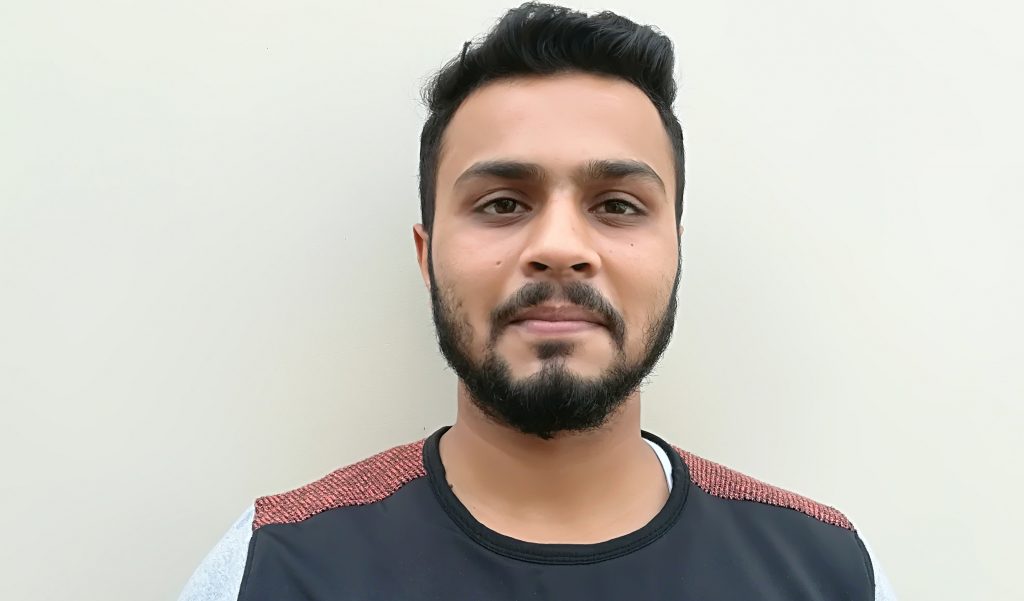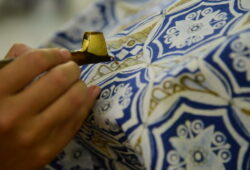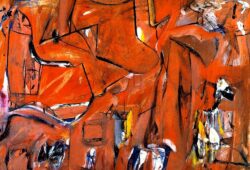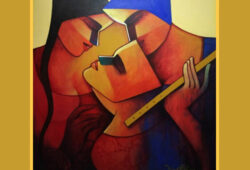Conservation Workshop by Dr Achal Pandya at the Art Life Gallery, Noida
 Posted On
Posted On
Noida, Nov 23, 2019: Art Life Gallery in association with Indira Gandhi National Centre for Arts (IGNCA) today held the first ever workshop to conserve and restore ancient, traditional, modern, and contemporary art works. The workshop, conducted by Dr Achal Pandya, head of the department of Conservation was attended by 20 students of the conservation course. Dr Pandya is one of the most reputed names in India for conservation of art and heritage.
“Conservation plays a very major role in protecting our monuments and cultural heritage,” said Dr Pandya adding, “there is always a need for conservation services for paintings, paper objects, manuscripts, stone, metal and wooden artefacts and so much more. Dr Pandya, said, “In today’s workshop, the participants have worked for re-organisation of storage. It is a very good initiative by the Art Life Gallery to disseminate knowledge of preventive conservation.”
“As of now IGNCA, under the able guidance of Dr Sachidanand Joshi, member secretary, has been able to develop a group of trained and specialized conservators to protect our history,” says Pratibha Agarwal, founder-director of Art Life Gallery.
According to Dr Pandya, “Preventive conservation is the need of the hour for a country like India, which has vast collection of art works. Preventive conservation can be done by anyone interested as it does not require the object to be touched. One works around the around the object, improves its surroundings and protects art works from dust, light and common agressors. ”
“For remedial conservation and restoration, work is to be carried by a specialist who has the education and training of conservation. In remedial conservation, one treats only one art object at a time, whereas in preventive conservation, one works on a collection of heritage objects,” explained Dr Pandya.
Mohammad Saim, who is a student of commerce but actively interested in history, says it is the quiet dedication that helps them preserve paintings both old and new. “Paintings, like all of us, age and change, dirt and grime are the more common enemy far more so than flooding or fire,” he adds.

That’s what makes reputed art conservators like Dr Achal Pandya, at the IGNCA, as valuable as the art they treat.
“As best we possibly can, we want to be true to that idea of artist intent,”says Samreen Zaidi, a student of art history. “What we’re trying learn to do is take away the barriers between the artist’s original vision and the viewer.” To begin removing that barrier is a delicate process.
“We use ultraviolet light, X-ray, infra-red, to examine the surface and look below the surface. We use a macroscopic X-ray to analyze individual pigments in a painting, which tells us, the make-up of the paint and the chemicals in the paint. Those chemicals are important, because some of the paints used are discoloring over time,” says Alisha, who hails from Kerala and was a student of bio sciences.
The cascade of technological innovations of the 20th century has accelerated the refinement of art conservation approaches. Age-old practices in which items are restored to their original appearance —typically learned through lengthy apprenticeships— have evolved into sophisticated academic programs to learn methods of scientific examination, documentation, restoration, and preventative conservation specific to each specialty. Nowadays, knowledge of chemistry, art history, and studio art, as well as superior hand skills, are the starting point for aspiring conservators before their formal training begins.
In addition to government organisations, there are various private bodies that offer examination of artworks (UV and IR), condition assessment that outline the overall condition of art work combined with detailed photographic documentation as well as technical examinations and material analysis. Not suprisingly, the learning process never stops!



